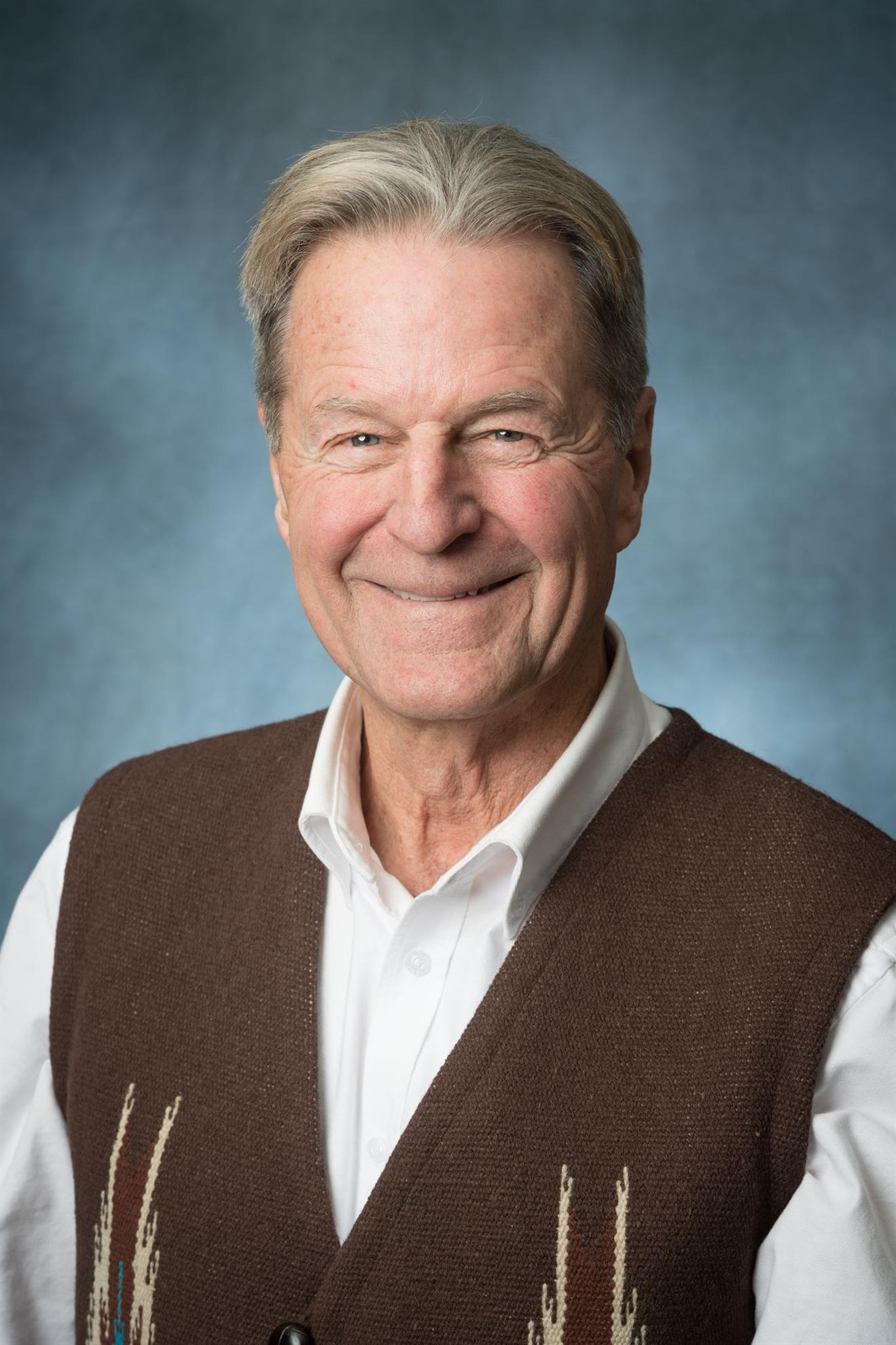 For our Rotary Zoom meeting on February 3, Dr. Richard Knight, professor of wildlife conservation at CSU, introduced many of the ways people on both sides of the Red/Blue (urban/rural; conservative/liberal) divide have common interests and needs, then discussed many of the organizations and processes that can help bridge those gaps.
For our Rotary Zoom meeting on February 3, Dr. Richard Knight, professor of wildlife conservation at CSU, introduced many of the ways people on both sides of the Red/Blue (urban/rural; conservative/liberal) divide have common interests and needs, then discussed many of the organizations and processes that can help bridge those gaps.Some 20 years ago, Dr. Knight, along with a number of other conservationists from around the country, started the Radical Center movement (mostly sustained by periodic phone conversations) in order to provide a framework for bridging the divide between urban constituencies (who want nature but may not know where their food comes from) and rural constituencies (who provide the food in an economic setting that is typically only barely sustainable but feel ignored by the overwhelming majority of urban constituencies). This divide is highlighted by a map showing that most of the counties that voted Democratic (“Blue”) are urban whereas most of the counties that voted Republican (“Red”) are rural.
Members of the Radical Center were shocked by the events of January 6 in Washington and reminded of the words from Abraham Lincoln, “A house divided against itself cannot stand”. They believe that it is better to see yourself as a good citizen than as either right or left.
The Radical Center tries to focus on food and open space. The urban population wants open spaces and food that is healthy and grown on well-stewarded land. Ranchers and farmers (the rural population) want to produce food and tie down open spaces. In bridging the rural-urban divide, the rural half has: PORT (Partnership of Rangeland Trusts) with some 1400 conservation easements (some 3.5 million acres kept as rangeland in perpetuity) in 11 western states; upwards of 8500 farmers markets; and numerous rancher-led collaboratives, including the CSU-led Western Collaborative Conservation Network. The urban half contributes with: land trusts which work with land owners to keep land in its productive capacity; open-space tax initiatives which have already passed in some 40 cities and counties in Colorado where local taxes support land conservation; some 38,000 natural food stores nationally; and CSAs (Community Supported Agriculture) in many American cities.
Some examples of local cooperation include the Colorado Cattlemen’s Agricultural Land Trust which has an annual get-together for food and celebration which is typically half rural and half urban. An area in which cooperation will be required is the recent adoption of the requirement that wolves be re-introduced to Colorado: the urban voters want to be able to see and listen to wolves, but the rural constituents will have them in their back yards and feel the need to have their economic lives protected.
There are some constraints that need to be addressed. “You can’t save the land without saving the people, and to save either, you have to save both.” With the majority of people in urban settings, the rural people have both private goods (they have to make a living) and public goods (preservation of open space), but they are not being compensated for their stewardship of the public goods. The urban population is, in some sense, disconnected from the open space and the source of their food.
Dr. Knight concluded by indicating that a true conservative is a conservationist because conservationists focus on using natural resources on a sustainable basis and not exploiting them.
In response to questions, Dr. Knight commented:
In our desert environment, water should be subjected to “wise use”: water has rights, agricultural users have rights, and urban populations have rights and they have to be balanced.
One of the concepts behind balancing public lands and preservation of private lands for public good is “ecosystem services”. One of the organizational devices servicing this idea is conservation collaboratives, with over 200 in Colorado and one million world-wide.
Although the concept of sustainability is widely touted, in general a sustainable economy is not a lucrative economy; very few ranchers are profitable every year. Only at sale of the land does the operation become lucrative.
On the subject of agricultural subsidies, he indicated that most of those subsidies go to farms (not ranches) and they are probably important for maintaining our food supply, especially within the framework of food production in the US vs importing. He suggests that first-hand experience with the pros and cons of subsidies in both the population and the government is minimal. Within the framework of security, he seems to be more comfortable with subsidizing food production than subsidizing the military.
One of the issues in rural counties is loss of population. In 1893, Fredrick Jackson Turner suggested that the frontier was closed since the average population of the country was greater than two people per square mile. However, today there are more than 700 rural counties in the US that have fewer than two people per square mile, and it is getting worse.
Finally, a discussion of land trusts. Since the land is forever restricted from subdivision for development, the tax advantage compensates the owner for the loss of the development value.